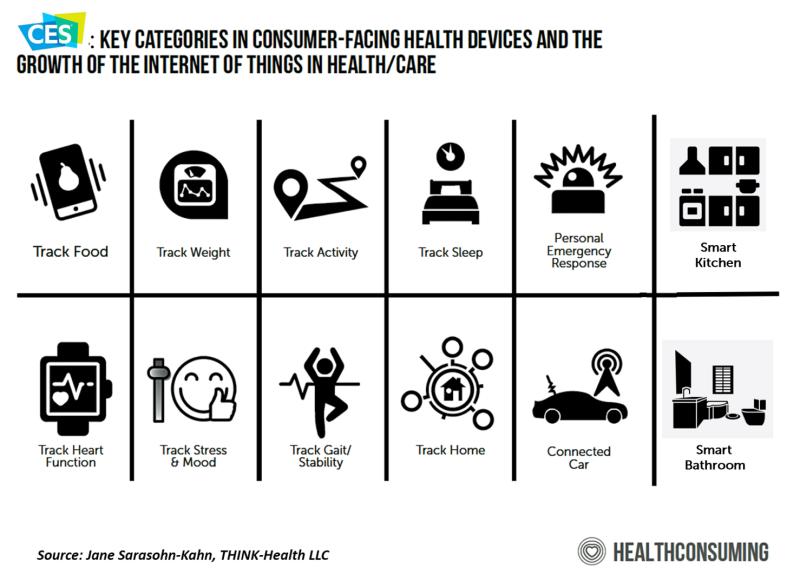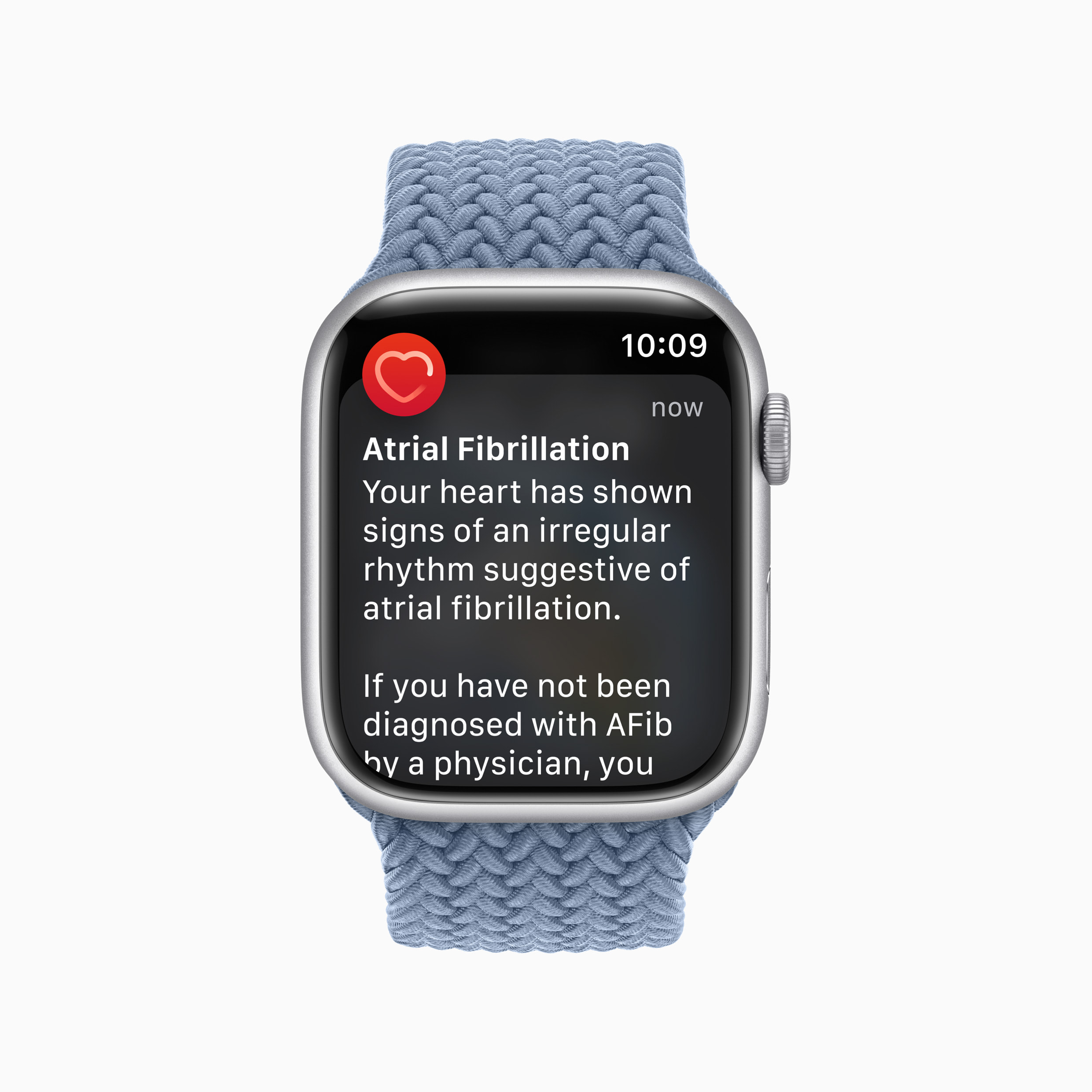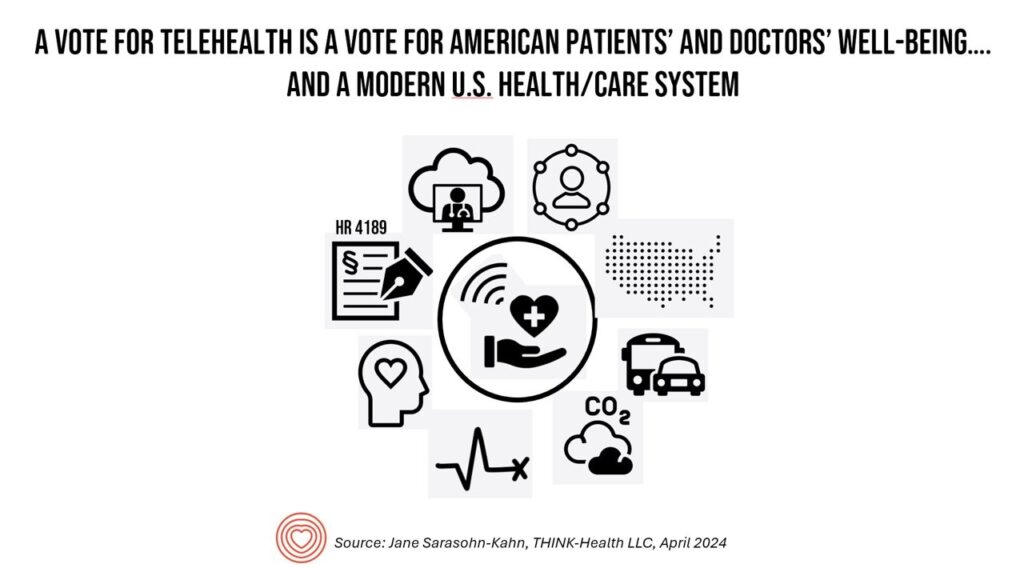One of the few bright spots in consumer technology spending in the past couple of years of the U.S. economic “vibecession” has been the category of smartwatches.
The Wall Street Journal recently talked, specifically, about the growing role of the Apple Watch for health care, gaining traction as a part of cardiologists’ and other physicians’ testing for and adoption of the wearable tech device for patients who are managing medical conditions.

Data from CTA, the Consumer Technology Association, has been tracking such spending which I’ve often discussed here in Health Populi where I firmly focused on people, patients, and consumers, health, and technology.
As Apple has added health, medical, and well-being apps and capabilities to the device, more consumers have purchased the company’s watch and, from swimming to tracking blood glucose, have been using the watch like a digital Swiss Army knife, curating applications that suit lifestyles and health-styles.
Apple announced additional functionality in the OS11 update, discussed in the FitTechGlobal newsletter.
Patients taking on more financial and clinical responsibility, self-care and DIY medical tasks at home and closer-to-home is a growing phenomenon — with retail health expanding across the omnichannel from hospital to home and touch points in-between.

We’ve seen the growth of self-tracking for health care over the past fifteen years at CES, CTA’s annual mega-technology show, each January. This graphic illustrates my latest take on key categories for health care and consumer tech I track at the conference. Increasingly, many applications and metrics can be tracked across technologies, with data aggregated and analyzed as standards allow the information to be “liquid” and move through cloud technology and algorithms.
Research published last week also bolsters the evidence-base for lifestyle choices to make a difference in cancer, such as nutrition choices (food-as-medicine growing in “prescriptions” from doctors and health systems), exercise-as-medicine, and other consumer-chosen and -generated tasks that can be tracked via an Apple Watch and other wearable and remote monitoring tech.

Health Populi’s Hot Points: A dear friend recently sent me a birthday card featuring this perfectly-messaged cartoon by the clever Mark Parisi — reflecting the mainstreaming of activity tracking.
Over the many years I’ve been tracking “me,” I’ve used many wearable and remote tech devices, from head to toe and most recently, finger/hand.

Regarding the latter, the Oura Ring and rings from Ultrahuman and Whoop are joined by the Samsung Galaxy Ring, whose recent announcement has led to comparisons in tech and health media with the field’s competitors.
The latest for the Samsung Galaxy Ring includes applications that tie into “Galaxy AI” which integrates metrics into the Samsung Health platform (which won’t require a subscription):
- Sleep, which Samsung deems “the foundation of wellness” – calculating a sleep score and snoring analysis
- Cycle tracking for menstruation cycle monitoring via overnight skin temperature monitoring
- An “Energy Score” calculated from four measures: Sleep, Activity, Sleeping Heart Rate and Sleeping Heart Rate Variability
- Wellness tips based on daily observations, and,
- Other factors including heart rate alerts and checks.
My friend and colleague Mike Feibus recently wrote up his take on the Galaxy Ring in USA Today, suggesting that perhaps the Ring + Samsung Galaxy Phone combination would be greater than the sum of the parts — that is, they could improve health tracking quality by working together with the Health app analyzing both data streams to drive better accuracy.
As clinical evidence continues to gather for consumer-led health tracking, we’ll see these devices being recommended and in some instances (look for heart self-care) prescribed (with a small or large “P” depending on clinical protocols and proof points). Watch this space for the growing ecosystem of the home as health hub and care site.





 I had a wide-ranging conversation with WCBU reporter
I had a wide-ranging conversation with WCBU reporter  Thank you,
Thank you,  As a proud Big Ten alum, I'm thrilled to be invited to meet with the OSU HSMP Alumni Society to share perspectives on health care innovation.
As a proud Big Ten alum, I'm thrilled to be invited to meet with the OSU HSMP Alumni Society to share perspectives on health care innovation.